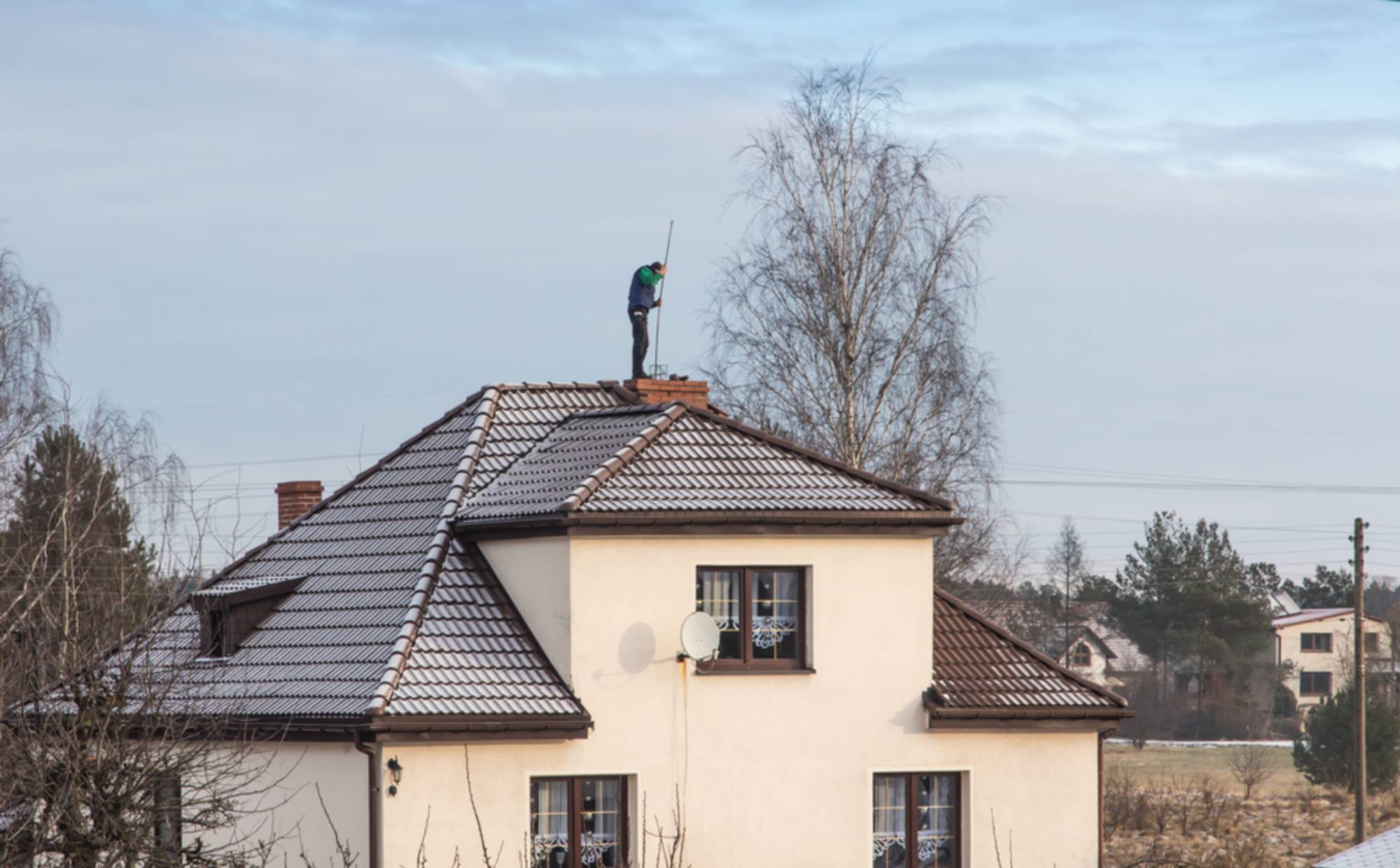First, we protect your home. Drop cloths go down around your fireplace and furniture gets covered. Our HEPA-filtered vacuum system gets set up to capture every particle of soot and debris. Next comes the inspection. We check your chimney from top to bottom, looking for cracks, blockages, or structural issues that need attention. You’ll know exactly what we find before any work begins. Then we clean. Professional brushes and specialized tools remove creosote buildup from your flue walls. We clear out any debris, bird nests, or obstructions that could cause problems. The whole process typically takes 1-2 hours, and you’ll see the difference immediately when you light your first fire.




